How much does coffee addiction really cost?
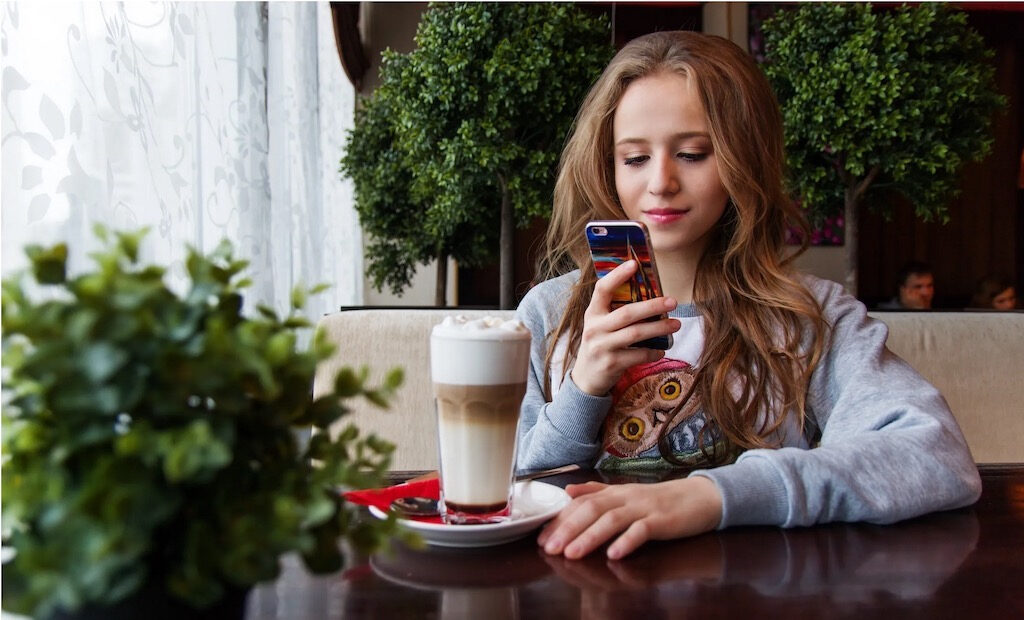
There’s nothing better than starting the morning with a steaming cup of coffee, especially from our favourite coffee shop on the way to work – or perhaps enjoying a flavoured latte when catching up with friends. In fact, us Brits love this hot beverage so much, that a staggering 95 million cups are consumed each day in the UK alone.
But as the cost of luxuries continues to rise, with the cost-of-living crisis sure to be at the back of everyone’s mind, are we spending too much on our favourite drink?
According to OLBG Discretionary Spend Index, Brits are spending nearly £1,000 a year (2021-22) on eating out, including takeaway coffees – 7% more than we were spending in previous years. Research by OLBG also discovered that the average UK adult is spending more on things such as takeaways, transport, mobile phones, streaming services and even their pets!
The OLBG Discretionary Spend Index has monitored 12 key areas of consumer spending of disposable income, which includes the following:
- Takeaways
- Eating out (restaurants, cafes, snacks and drinks)
- Hairdressing, beauty and cosmetics
- Holidays
- Mobile phone services
- Pets and petfood
- Home improvements
- Alcohol
- Tobacco
Nowadays, in a world recovering from the pandemic and facing record-breaking prices, how much can the average Brit afford to spend on discretionary expenses, such as their favourite coffee drink?
How much coffee do we drink?
The global coffee market is worth a whopping £80 billion, with 10 million tonnes of the popular beverage drunk every year worldwide. This figure has doubled over the past 50 years, and is set to triple by 2050. In the UK, the coffee chain industry equates to about £4.5 billion a year, with over 21,000 shops across the country, pre-pandemic.
What is the UK’s most popular order?
The latte tops the list as the go-to hot drink when visiting a high-street coffee shop, with the cappuccino taking second place.
The cost of coffee in 2022
January 2022 saw a hike in coffee costs, with the average price of a cappuccino jumping from £2.75 to £3.57, and the cost of an Americano increasing by over 12% in the last three years.
As we face increasing prices across the board, it may be the case that the humble cup of coffee could cost more and more – and perhaps the reason why it’s costing Brits more of their disposable income, as the OLBG Index suggests.
How to cut down coffee costs
One of the ways to cut down on the amount one spends on takeaway coffees is to turn towards the stuff that comes in a jar. In 2021, instant coffee accounted for over two fifths of Britain’s overall spend on the caffeinated product. So why not continue the trend in 2022, cut the queues and the cost, and make that cup of coffee at home?
For anyone who really can’t resist the taste of freshly ground coffee from the local café, then perhaps a change in what’s order could make a saving. Swapping from a cappuccino to a latte, or an even cheaper option of an espresso, as well as considering switching from a large to a regular, could do wonders to the wallet. It’s also worth considering taking a reusable mug, as some coffee chains offer a discount for bringing your own.
Will the British public continue to splash out on eating out and takeaway coffees?
Who knows what the future holds? The OLBG Index aims to track and report on the average UK adult’s discretionary spend, updating its figures every quarter, to build a detailed picture of how the rising cost of living is affecting the public purse, and the evidence continues to roll in.
The editorial unit


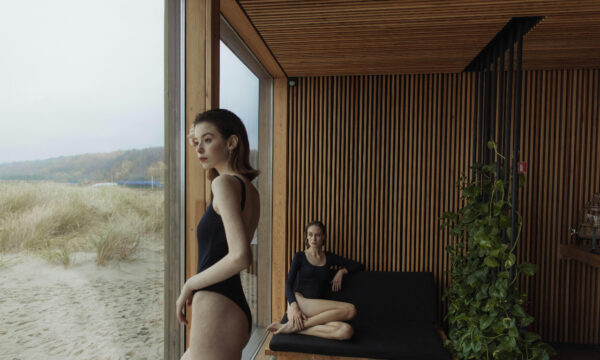

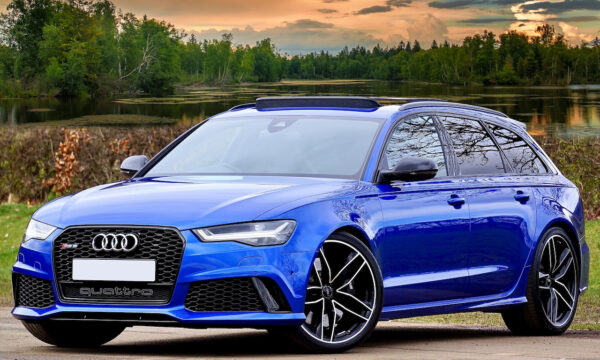
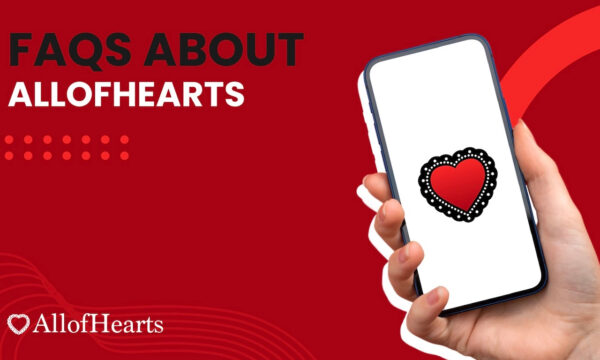

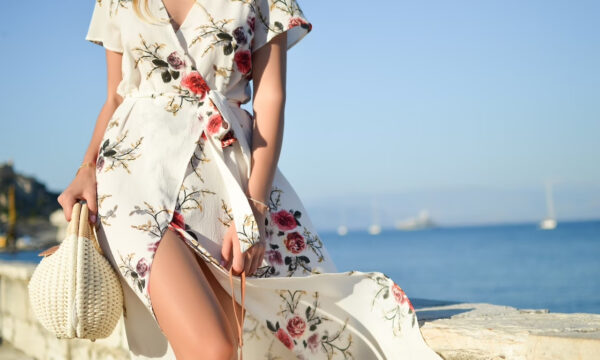






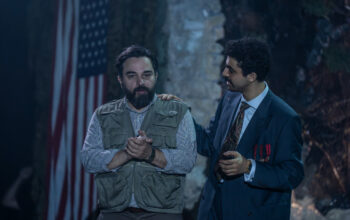

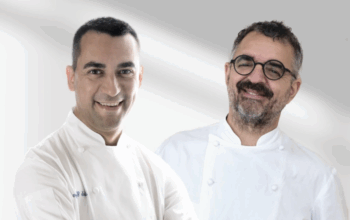
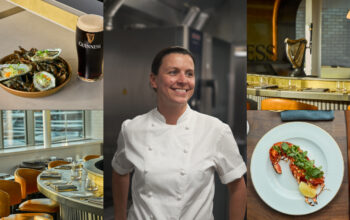
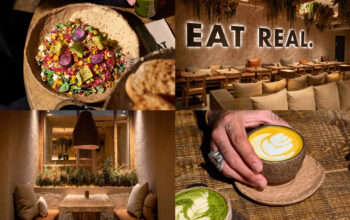
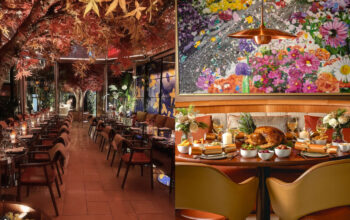

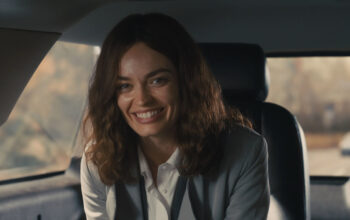



Facebook
Twitter
Instagram
YouTube
RSS